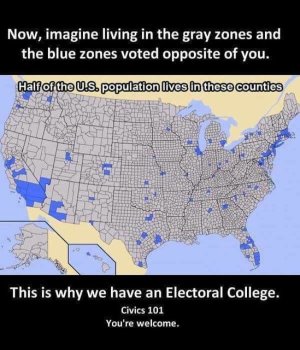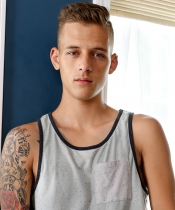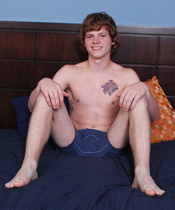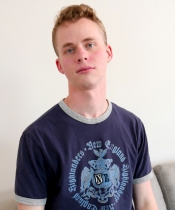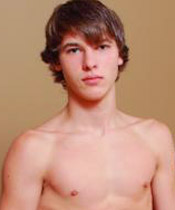^ SaskGuy is talking about something similar to our system of federal elections. The House of Commons is divided into 'seats', and each seat represents an MP (Member of Parliament), and each MP represents a 'riding'. Ridings are divisions in each province and territory roughly proportional to population. Of course, population varies greatly from province to province, but there are provisions in the constitution to even out the representation as evenly as possible.
The number of seats in Parliament vary from election to election. Currently, there are 338 seats and the Liberals, under Justin Trudeau, hold 182 of them. With 95 seats, the Conservatives are the Official Opposition. The NDP (New Democratic Party) hold 44 seats, the Bloc Québécois hold 10, and the Green Party and Independent hold 1 each. They, too, are Opposition. However, all of the Opposition combined hold only 151 seats, which is less than the Liberal Party. The Liberals have a majority government.
One province can have any combination of representation. Generally, no province is entirely Liberal or Conservative or any other party. That is what SaskGuy was talking about.
Still, even a majority government doesn't give assurance that the Liberals can do what they want. New legislation must be passed first in the House of Commons before going to the Senate for final approval.
It's not a perfect system but it works for the most part, and the electoral system is being reassessed to make it better than the 'first-past-the-post' system we currently have.
By the way, the house has various galleries as well, including one for the press and one for the public. I went there on a school trip back in the 60s. It was quite an experience.











